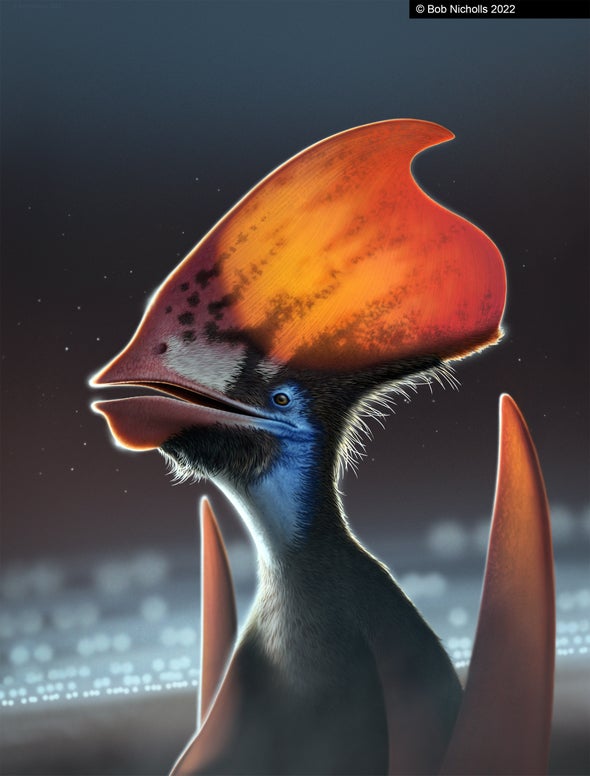Scientific American: Pterosaurs May Have Had Brightly Colored Feathers, Exquisite Fossil Reveals
 |
Long before the first birds flapped and fluttered, pterosaurs took to
the skies. These leathery-winged reptiles, their bodies coated with
wispy filaments paleontologists call pycnofibers, were the first
vertebrates to truly fly. Now experts are beginning to think pterosaurs
and birds had more in common than previously assumed: An exquisitely
preserved fossil from Brazil not only hints that pterosaurs’ peculiar
filaments may have been true feathers but also suggests that this
plumage could possibly have been as riotously colored as that of any
modern toucan or tanager.
In other words, it may be that pterosaurs were fabulous.
Full Scientific American story here.
Original research article in Nature here.
Comments
Post a Comment